Russian POWs in World War II and in Norway
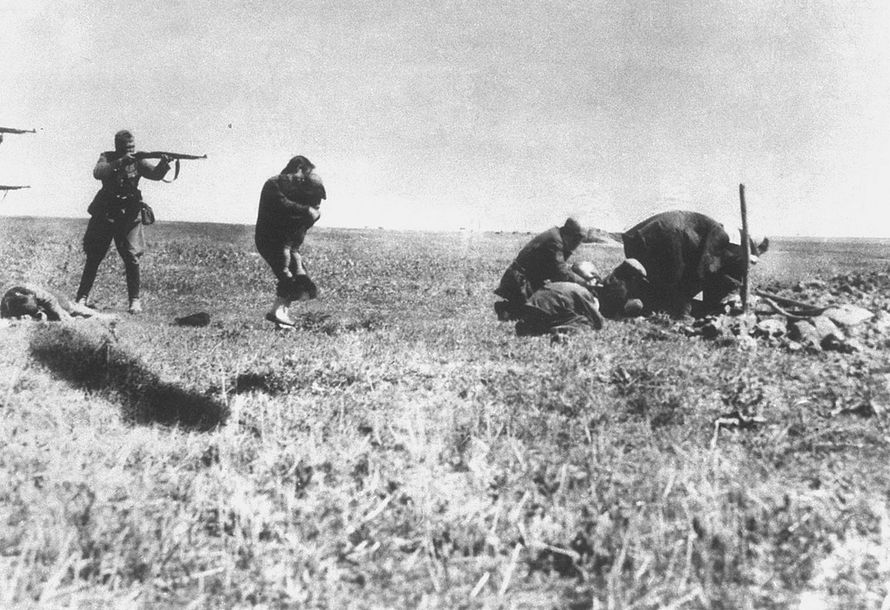
The Extermination of 3.3 million Russian PoWs
With regard to Russian PoWs it is worth starting at the beginning with the big figures because their fate in the IIWW is often ignored and yet it constitutes what one of the greatest mass killings in human history - in both the rate of killing and its extent.
In 1941-2 when Nazi troops (and here I deliberately include both Wehrmacht and irregular forces - such as the unutterably evil Einsatzgruppen) invaded and overran Russia they captured about 5.7m Russian and other PoWs.
At the end of the war Nazi German forces held only 930,000 Russian PoWs. Some of the PoWs had escaped, others had been released as auxilliaries of the Germany army and SS. But 3.3 million or 57% of the total were dead by the end of the war.
Says the United States Holocaust Memorial Museum in Washington DC,
'Second only to the Jews, Soviet prisoners of war were the second largest group of victims of Nazi racial policy. '
This death toll was neither an accident nor an automatic result of the war. It was the Nazi state's deliberate policy. German treatment of Soviet POWs differed dramatically from German policy
towards POWs from Britain and the United States, countries the Nazis regarded as racial equals to the Germans. Of the 231,000 British and American prisoners held by the Germans during the war
only about 8,300 -- 3.6 percent -- died in German custody. United States Holocaust Memorial Museum
I
In the Nazi ideological mindset Slavs and Jews were regarded as 'untermenschen' - subhumans - who were therefore not worthy of being treated as 'Aryans'. They were also seen as embodying the
"Bolshevik menace" and specific orders were given to shoot on sight captured political commissars USHMM III.
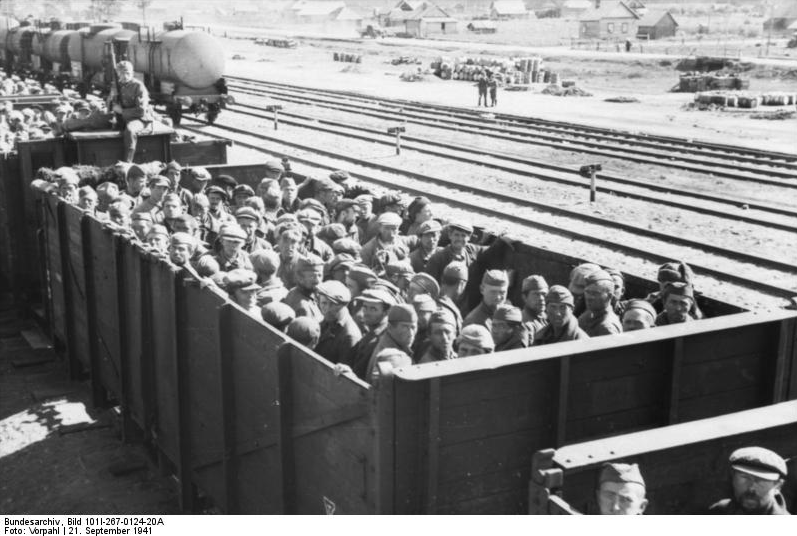
By February 1942, 2,000,000 of the 3,300,000 Soviet soldiers in German custody up to that point had died from starvation, exposure, disease, or shooting. United States Holocaust Memorial Museum II
Interestingly - if you can call it merely 'interesting' - the death camps of Auschwitz-Birkenau and Majdanek were originally built to house Russian PoWs as slave labour but they quickly became PoW killing centres. This was where Zyklon B gas was first used to exterminate large numbers of people. And when the flow of Russian PoWs lessened,
Heinrich Himmler decided, in the week following the Wannsee Conference, to fill the camps with 150,000 Jews. In this manner the SS camps for POWs became part of the infrastructure for the murder
of the Jews United States Holocaust Memorial Museum II.
But then, the number of dead Russian Pows , horrendous though it is, pales a bit against the total deaths, 25 million, in Russia during IIWW (Financial Times).
It's important to remember this because in a recent survey only 13 per cent of British, French and Germans believed that the Red Army liberated Europe from fascism, while 43 per cent named the US Army (Financial Times).
If you want a long and harrowing read of the treatment of Russian and Yugoslav PoWs amongst others there is Col. Pokrovsky's Presentation on Criminal Violation of the Laws and Customs of War in the Treatment of Prisoners of
War
which was given as evidence on the 58th and 59th days in the trial of the Nuremberg Military Tribunals of the 'Major War Criminals' - the maximum leaders of the Nazi regime. There is a chilling
section in this on the treatment of Yugoslav PoWs in Norway on the 59th day at pp. 433-5. Some of this is quoted in Hunt's Fire and Ice: The Nazis Scorched Earth Campaign in Norway (2014) at Chapter 13.

Russian POWs in Norway and Northern Finland
About 84,000 Soviet prisoners of war were sent to Norway during the IIWW. There were also Polish and Yugoslavian PoWs. Prisoners were sent first to one of the four main camps (stalags). Stalag 322 was at Kirkenes in the far north and 330 was at Alta in the arctic north and then was transferred to Narvik in 1944. With the withdrawal from Kirkenes in 1944 it is likely PoWs were 'transferred' from Kirkenes to Narvik.
There were as many as 500 permanent or temporary camps in Norway for PoWs, slave labour, Norwegian political and criminal prisoners and for Norwegian Jews. These were for the most part administered by the Wermacht and SS with some involvement of Organisation Todt but from 1944 they were managed exclusively by the SS (Jasinski and Stenvik, Landscape of Evil, 2010, p. 205).

From the Stalags prisoners were divided into work battalions who were housed in sub-camps. Stalag 330 Narvik had 121 sub-camps at the end of the war.
It is estimated that of 140,000 PoWs from sixteen countries were sent to Norway (Jasinski and Stenvik, Landscape of Evil, 2010, p. 205). 13,000 died (for above see Soleim). Others estimate some 17,000 PoWs died or were killed while 'a total of 10,262 Norwegian lives had been lost in the war' (see 'Norway's Liberation' by Tor Dagre).
The Nazis were careful to destroy camp records and Norway lost little time in obliterating waht it could once the hateful occupiers had gone. Consequently it has been very hard to piece together a comprehensive account of the camp network, its management and the conditions and mortality of PoWs.

Jasinski asserts that,
The Norwegian oral tradition stresses the appalling living conditions for Soviet prisoners, with very poor clothing, frequent starvation, and brutal treatment by guards (Jasinski, 2013 p.158).
And given that the administration was German with SS involvement this seems hardly surprising.
Prisoners in the camps were subjected to appalling conditions. Perhaps the greatest threat to POWs was sickness. Diseases such as diphtheria, tuberculosis, dropsy and pneumonia spread rapidly. Many also died
from abuse and starvation.
Many of the camps in northern Norway were virtual death camps due to the lack of food. In July 1945, a burial site was found at Trondenes in Harstad with 1800 bodies. Of these, 609 had been shot and the rest had starved to
death.
(From Soviet Prisoners of War in Norway Memorial and Human Rights Centre, Falstad, 2010 published by the Norwegian Government p.13).
The 'organised forgetting' of the brutal facts of Norway's war-time PoWs was given an official push when in 1951 fact
'Operation Asphalt' when the remains of deceased Soviet POWs were moved from burial sites in northern
Norway to the Tjøtta war cemetery on the Helgeland coast.
Many monuments were ruined during the removal of the war graves. A construction worker witnessed in the autumn of 1950 that a memorial stone close to Bjørnelva was blown up. When he asked why,
the answer was that «It is so unpleasant for the tourists to see these Russian grave
memorials standing around like this».
(From Soviet Prisoners of War in Norway Memorial and Human Rights Centre, Falstad, 2010 published by the Norwegian Government p.26).
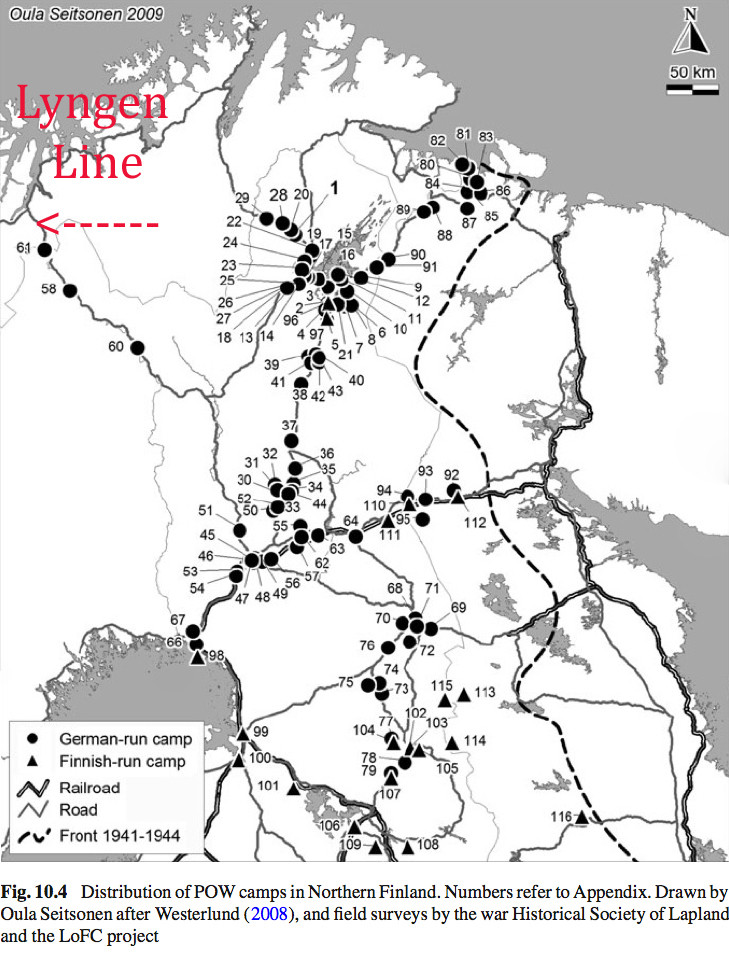
The study of the fate and deployment of Russian and other PoWs in Norway and Finland is attracting greater researcher attention than it once did. A recent article has described the numbers and spatial distribution of Russian PoWs in Northern Finland, which of course, borders Northern Norway. (see Seitsonen, O. and Herva, V-P., Forgotten in the Wilderness: WWII GermanPoW Camps in Finnish Lapland in Myers, A., and Moshenka, G. (eds.) Archaeologies of Internment, 1991.)
The map above shows the distribution of the 95 camps in Northern Finland which contained over 30,000 Russian prisoners. Prisoners had either been captured on the northern front (9,000) - Finland
was at this time an ally of Germany - or had been transported to the north from elsewhere (20,000).
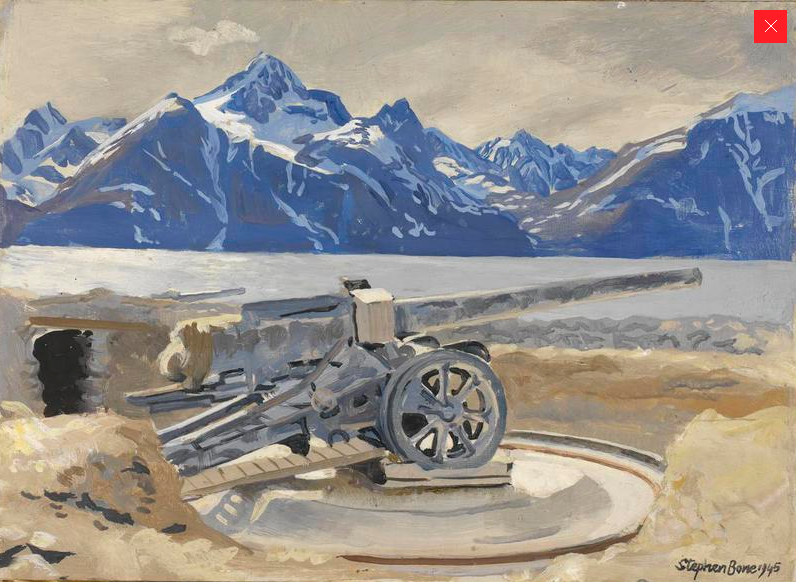
PoWs were used as slave labour on infrastructure projects and in nickel mines at Petsamo which provided 80% of Germany's nickel.
The prisoners were usually accommodated in improvised turf huts, cardboard and plywood tents, and wooden barracks. Even in more static camps ...the prisoners first had to build their own turf huts, which were later replaced with wooden barracks p.175
Seitsonen and Herva note that there are very few records or accounts of the camps. The Germans destroyed their records and first hand accounts from either prisoners, soldiers and commanders or Finns are almost non-existent. Military histories concentrate on the campaigns not the prisoners and camps. The official death rate in German-run camps was around 20%, and was slightly higher in the Finnish-run ones (pp. 175-6).
If you want a long and harrowing read of the treatment of Russian and Yugoslav PoWs amongst others there is Col. Pokrovsky's Presentation on Criminal Violation of the Laws and Customs of War in the Treatment of Prisoners of
War
which was given as evidence on the 58th and 59th days in the trial of the Nuremberg Military Tribunals of the 'Major War Criminals' - the maximum leaders of the Nazi regime.
There is a chilling section in this on the treatment of Yugoslav PoWs in Norway on the 59th day at pp. 433-5. Some of this is quoted in Hunt's Fire and Ice: The Nazis Scorched Earth Campaign in Norway (2014) at Chapter 13.
Death rates amongst Yugoslav PoWs in Norway were much higher (up to 60%) than for Russians (13-14%). This seems to be down to the exceptional brutality and summary executions meted out to
them (see Hunt, V., Fire and Ice, 2014 Chapter Thirteen).
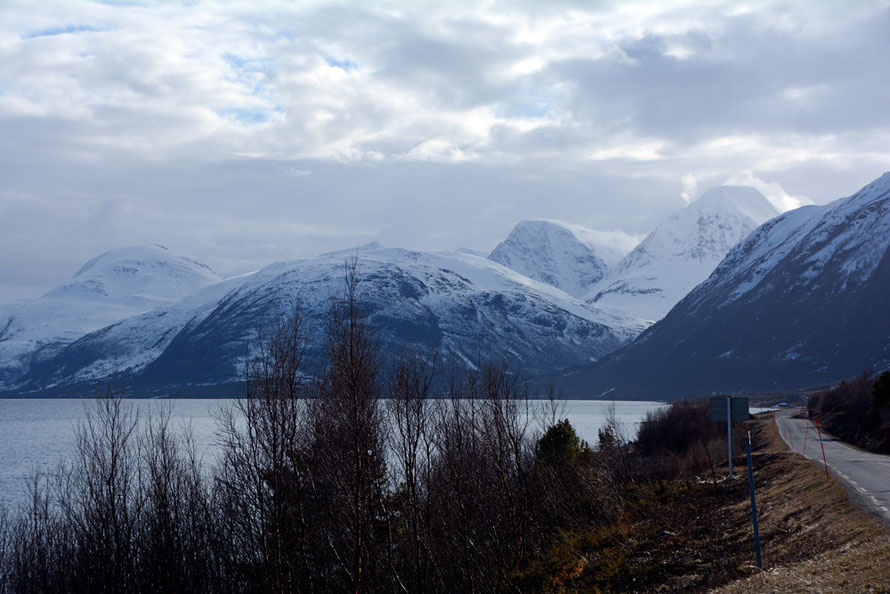
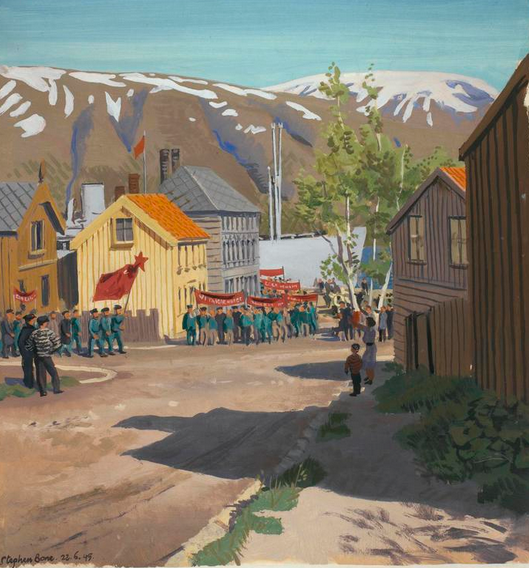
Next page: Operation Nordlicht
